|

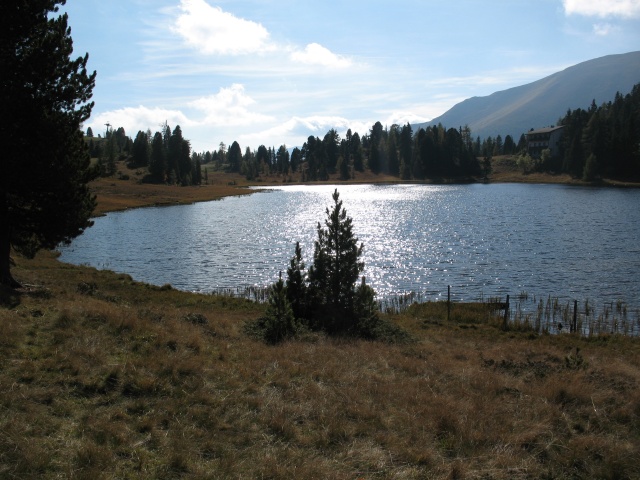
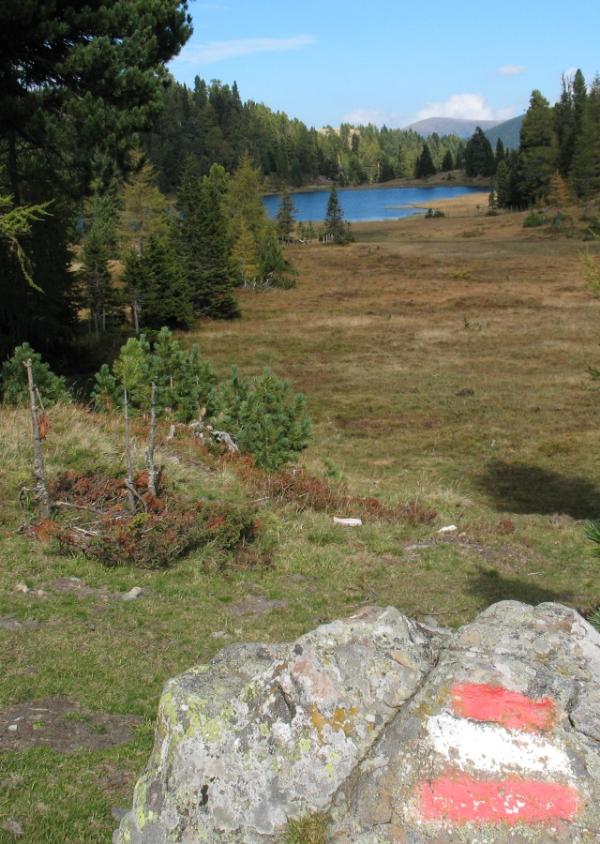
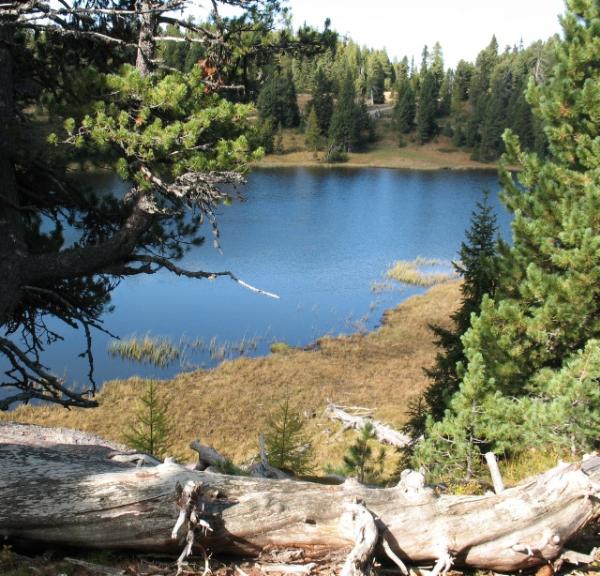
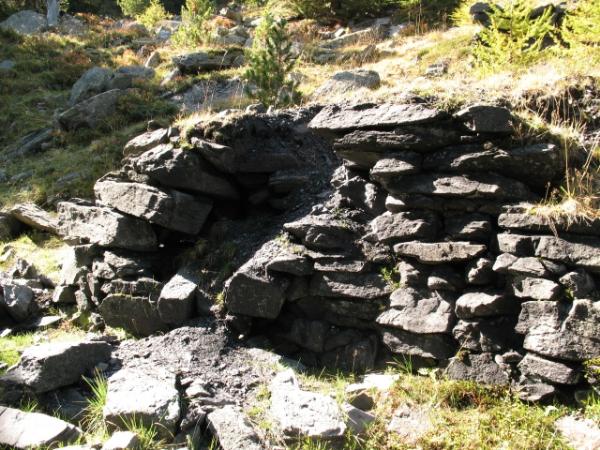
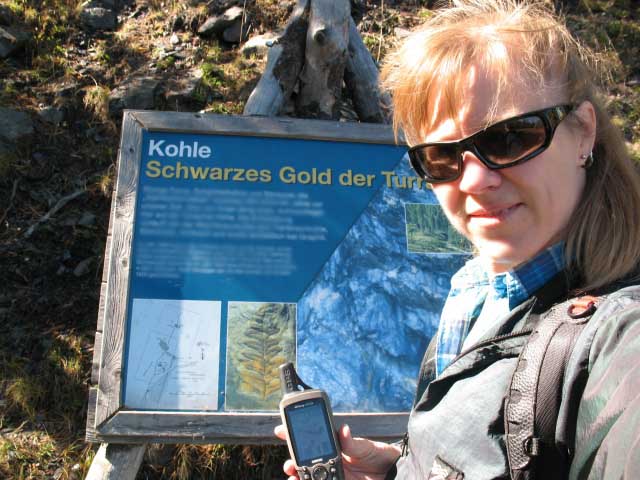


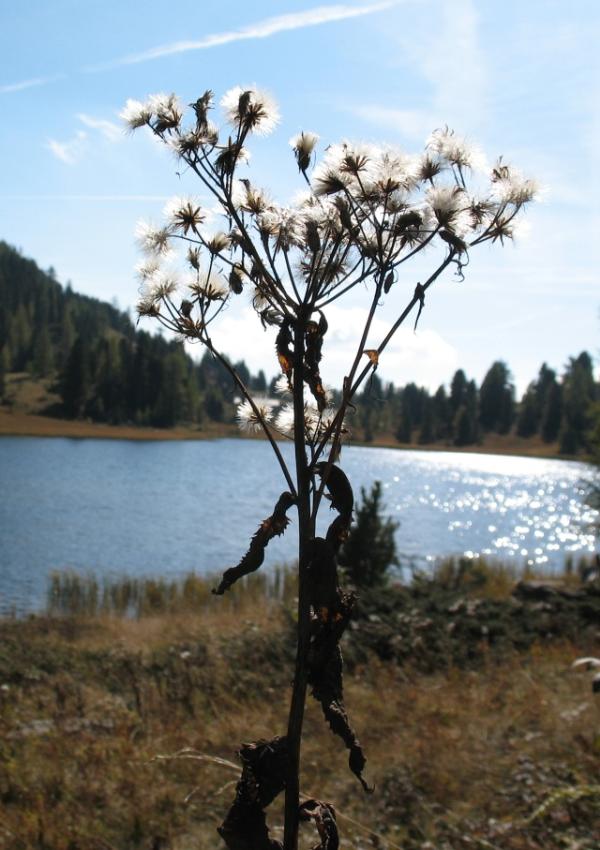
Photos by BTW
|
Beschreibung der Gegend
In der Vergangenheit war der Anthrazit der Turrach Grundlage der Eisenverhüttung in dieser Gegend. Diese Kohlenvorkommen in der Nähe des Turracher Sees und auf der Werchzirmalm liegen in den Schichten des Turracher Karbons.
Aufgrund mangelnder Wirtschaftlichkeit wurde der Abbau von Anthrazit in den 50er Jahren des letzten Jahrhunderts in Österreich eingestellt.
Geologie
Die Kohlelagerstätten der Alpen lassen sich in drei Gruppen unterteilen: Anthrazitlagerstätten, Steinkohlelagerstätten und Braunkohlelagerstätten. Anthrazitlagerstätten finden sich im Oberkarbon der Gurktaler Alpen in der Region Stangalm – Turracher Höhe und im Oberkarbon des Nößlachjochs im Brennergebiet.
Das Oberkarbon der Turracher Höhe liegt transgressiv über der Gurktaler Decke und wird von einer 400 m mächtigen Folge von Konglomeraten, Sandsteinen, Kohleflözen und glimmerreichen Tonschiefern gebildet.
Über diesem "Turracher Karbon" (auch "Stangalmkarbon" genannt) liegen westlich von Turrach auf der Werchzirmalm die "Werchzirmschichten", eine über 50 m mächtige Folge aus dunkelroten Tonschiefern, Konglomeraten mit Kalkkomponenten und Sandsteinen.
Zeitgleich mit dem "Turracher Karbon" sind wahrscheinlich die klastischen Ablagerungen des "Paaler Konglomerates". Dieser Schichtkomplex setzt sich aus grobkörnigen Arkosen, Konglomeraten, Sandsteinen und Tonschiefern zusammen.
Entstehung
Riesige Farne, Schachtelhalme und Bärlappe, die „Steinkohlenwälder“ wuchsen 300 Millionen Jahre vor unserer Zeit. Was von ihnen übrig blieb: Anthrazitlager auf der Turracher Höhe. Die Entwicklung verläuft von der Weichbraunkohle über Hartbraunkohle, Steinkohle, Anthrazit und endet schliesslich bei Graphit.
Das Ausgangsmaterial von Kohle ist hauptsächlich pflanzlichen Ursprungs wie beispielsweise Farne (Baumfarne).
Im Karbon, der erdgeschichtlichen Entstehungszeit der heute abbaubaren Steinkohle, herrschte ein sehr warmes und feuchtes Klima mit einem ausgeprägten Pflanzenwachstum. Beim Absterben einzelner Pflanzen versanken diese im Sumpf und wurden so dem normalen aeroben Zersetzungsprozess entzogen. Es entstand Torf.
Bei Meereseinbrüchen wurden diese Sümpfe mit Sedimenten bedeckt. Unter dem wachsenden Druck und der erhöhten Temperatur begann der Prozess der Inkohlung.
Der Druck presste das Wasser aus dem Torf und es entstand zuerst Braunkohle. Der zu dieser Zeit noch geringe Druck presste nur wenig Wasser aus der Kohle.
Mit der Ablagerung weiterer Schichten erhöhte sich der Druck und immer mehr Wasser wurde aus der Kohle herausgepresst. Nach und nach wurde aus der Braunkohle Steinkohle und mit nochmals mehr Druck Anthrazit.
Deshalb ist die wirtschaftliche Qualität der Kohle umso besser, je tiefer sie in der Erde liegt und je älter sie ist.
Über Kohle
Kohle (von altgerm. kolo = „Kohle“) ist ein schwarzes oder bräunlich-schwarzes, festes Sedimentgestein, das durch Carbonisierung von Pflanzenresten (Inkohlung) entstand und zu mehr als 50 Prozent des Gewichtes und mehr als 70 Prozent des Volumens aus Kohlenstoff besteht. Die Steinkohle wird auch „Schwarzes Gold“ genannt.
Aufgaben
nur per E-Mail (kein Messenger!):
1. In welchem Jahr begann der Anthrazit-Abbau auf der Turrach?
2. Wieviel wurde im Jahr 1949 gefördert?
3. Wann wurden die Gruben verschlossen?
4. Die Stollen bekamen Namen. Nenne mir einen, der auf der Karte vorort gelistet ist.
für das on-line Log:
5. Lade ein Foto (z.B. Landschaft, Mine, Nahaufnahme der Kohle)zu deinem Log; Es ist deine Entscheidung, ob du dein GPS oder deine Nase oder dein Team auf dem Foto zeigen willst, lade jedoch wenigstens ein Foto zu deinem Online-log. Falls die Info-Tafel am Foto ist, bitte den Teil mit den Antworten nicht zeigen.
Description of the Area
Anthracite coal of the Turrach was the basis of iron smelting in this area in the past. These occurrence of coal close to the Turracher lake and also on the Werchzirmalm are in layers of the Turracher carbon.
Due to the lack of economy in Austria the mining of anthracite coal was stopped in the 50's of the last century.
Geology of the site
Coal stores of the alps can be divided into three groups: Anthracite coal stores, hard coal stores and brown coal stores. Anthracite coal stores are in the upper carbon of the Gurktaler alps in the region Stangalm / Turracher Höhe and in the upper carbon of the Nößlachjochs in the area of Brennergebiet.
The upper carbon of the ‘Turracher Höhe’ is situated above the ‘Gurktaler Decke’ and is formed by rock formations of about 400 m of powerful layers of conglomerates, sandstones, “Kohleflözen” (coal seams) and mica-rich “Tonschiefern”.
Above this "Turracher Carbon" (also called "Stangalmkarbon”) looking to the west of Turrach you find the Werchzirmalm which contains the "Werchzirmschichten", which is more than 50 m of powerful rock formation of dark red Tonschiefer, conglomerates with lime components and sandstones.
Probably at the same time with "Turracher Carbon" are the deposits of the "Paaler conglomerates". This complex consists of layers of coarse-grained “Arkoses”, conglomerates, sandstones and “Tonschiefern”.
Development
Huge ferns, box stems and Lycopodium, called „the hard coal forests “grew 300 million year ago. All what remains of them are Anthracite coal beds on the Turracher Höhe. The development runs from the soft Braunkohle (Lignite) over hard Braunkohle (Lignite), Steinkohle (hard coal), Anthrazit (Anthracite) coal and finally ends with Graphit (graphite).
The raw material of coal are mainly vegetables, e.g. ferns (tree ferns).
The climate of carbon, where our degradable Steinkohle (hard coal) developed, was very warm and damp which allowed plants to grow fast. When these plants dyed they sank to the grounds of a swamp and that stopped the decomposition process. Peat developed.
These sumps were covered with sediments. Under the increasing pressure and the increased temperature the process of the "Inkohlung" began.
The pressure pressed water out of the peat and it developed brown coal. Still low pressure for that time, it pressed only little water from the coal.
The pressure increased with the deposit of further layers and more water was pressed from the coal. Braunkohle (brown coal) became Steinkohle (hard coal) and again with more pressure it turned into anthracite.
Therefore the economic quality of the coal is the better, the deeper it is in earth and the older it is.
About Coal
Coal is a readily combustible black or brownish-black sedimentary rock normally occurring in rock strata in layers or veins called coal beds. The harder forms, such as anthracite coal, can be regarded as metamorphic rock because of later exposure to elevated temperature and pressure. It is composed primarily of carbon along with variable quantities of other elements, chiefly sulfur, hydrogen, oxygen and nitrogen. Hard coal used to be called “black gold” in German.
Tasks
Find the information board (see photo), read it and e-mail (not the messenger!) the answer to following questions to me:
1. In which year did the mining of Anthrazit start in the “Turrach”?
2. How much anthracit was taken out in the year 1949?
3. When was the close down of the mines?
4. The Mines have received names. Tell me one, you can find them on the map on the info board.
for the on-line log:
5. Take a photo of the area, the landscape, or the mine; it is your choice if you would like to show your GPS or yourself in the picture, take at least one photo for the online log. In case the info-board is on the photo, please don't show the part with the answers.
|